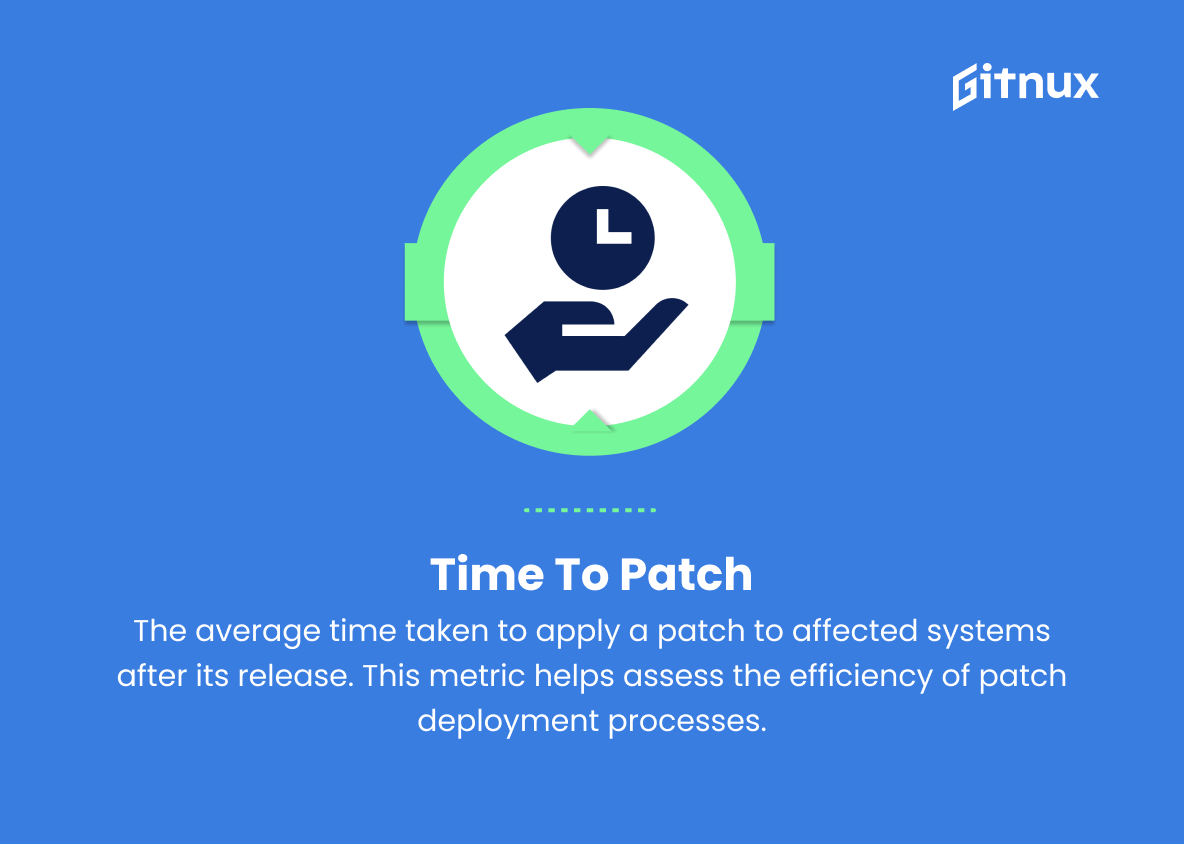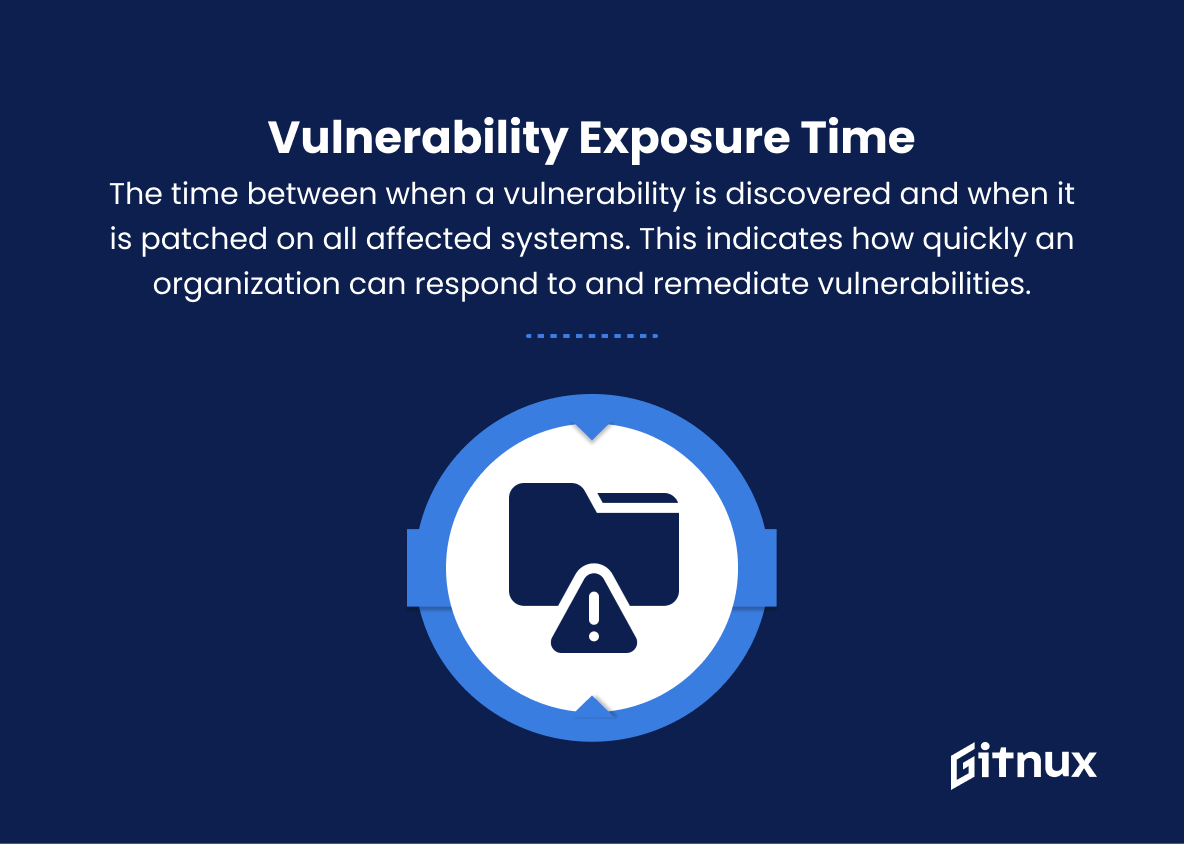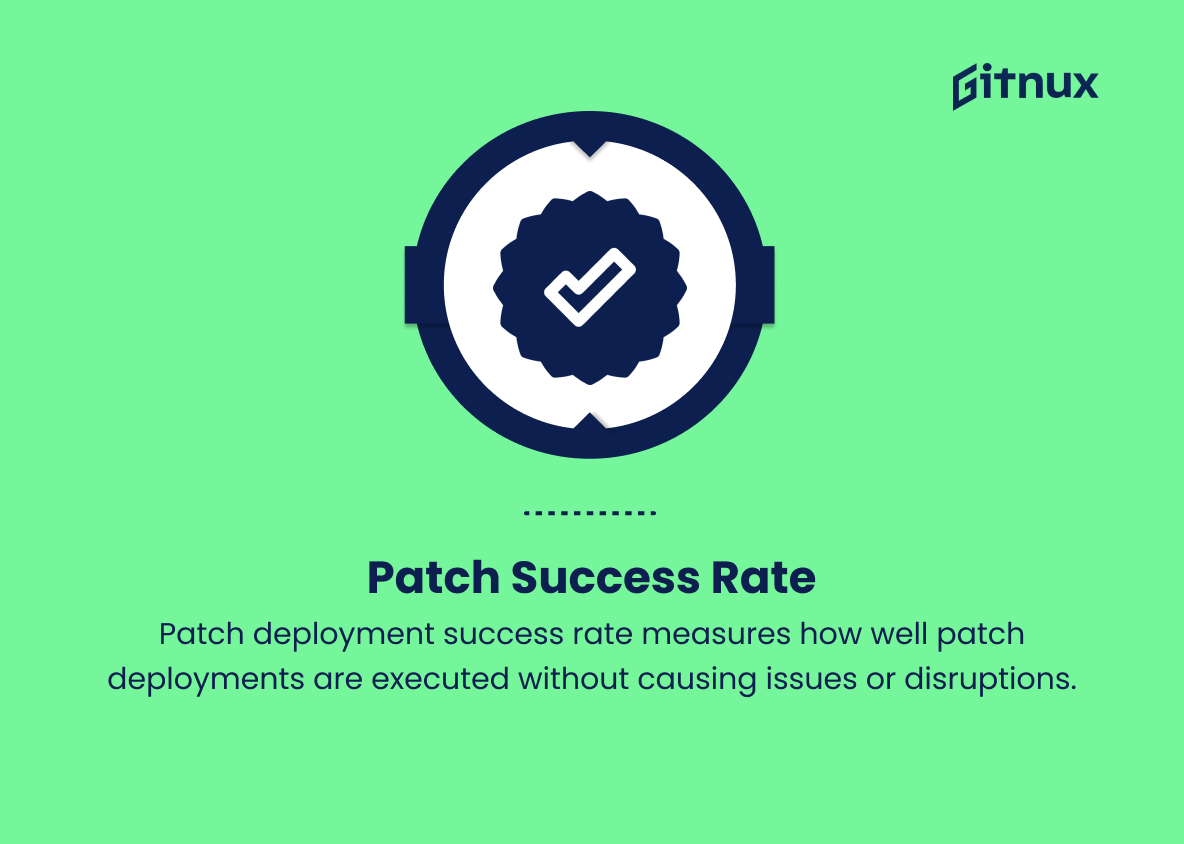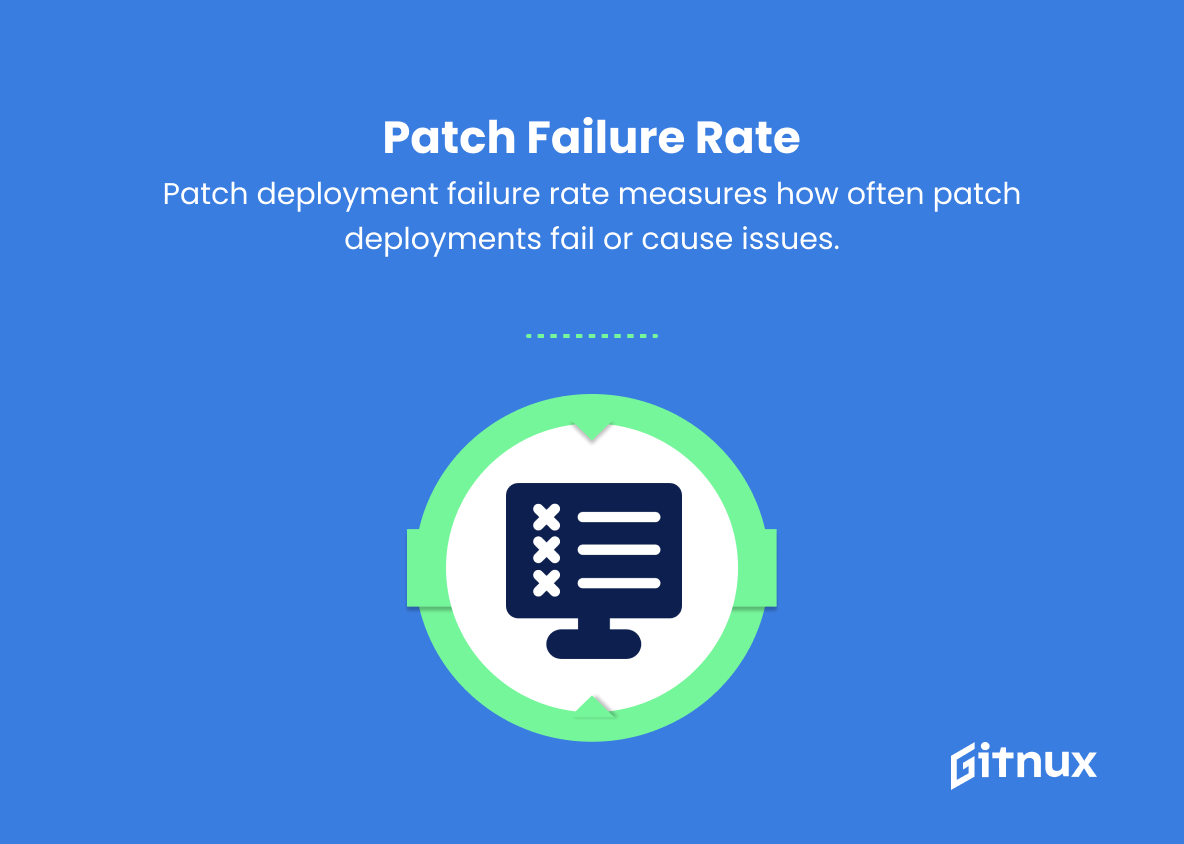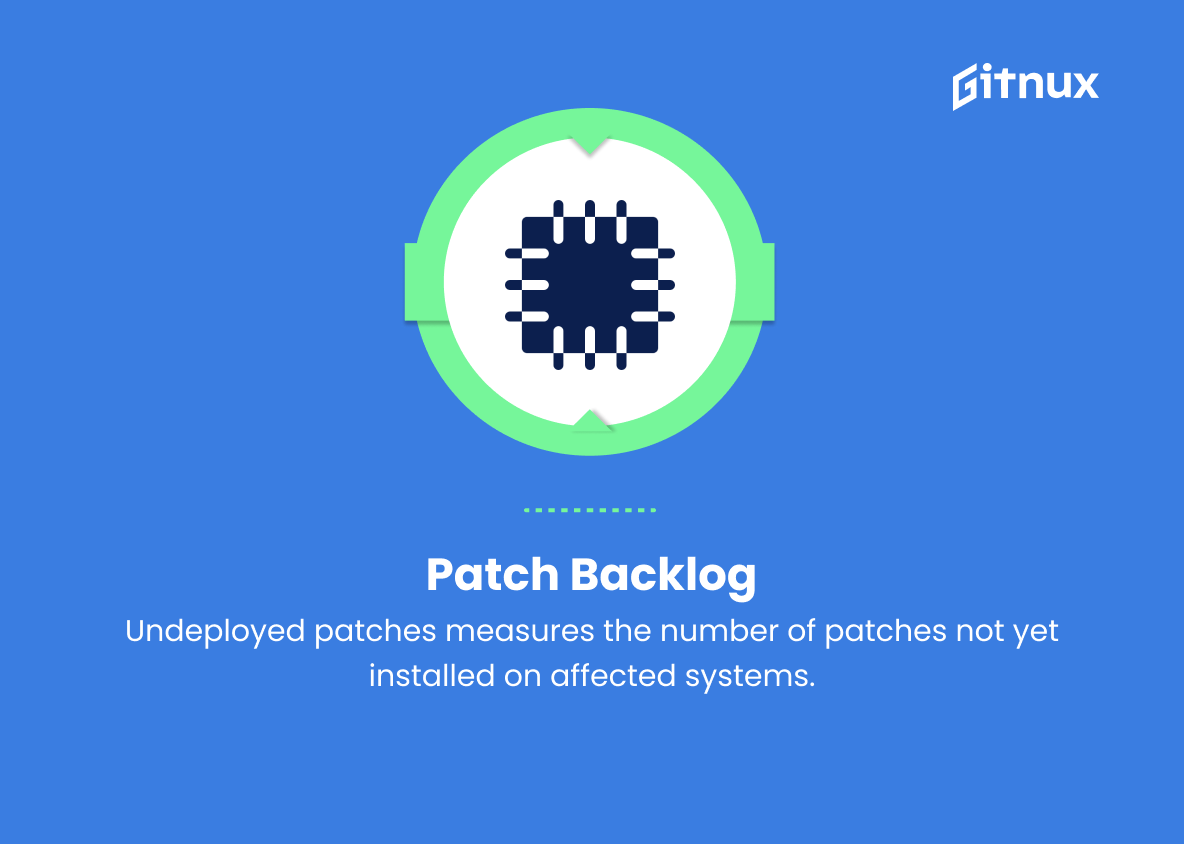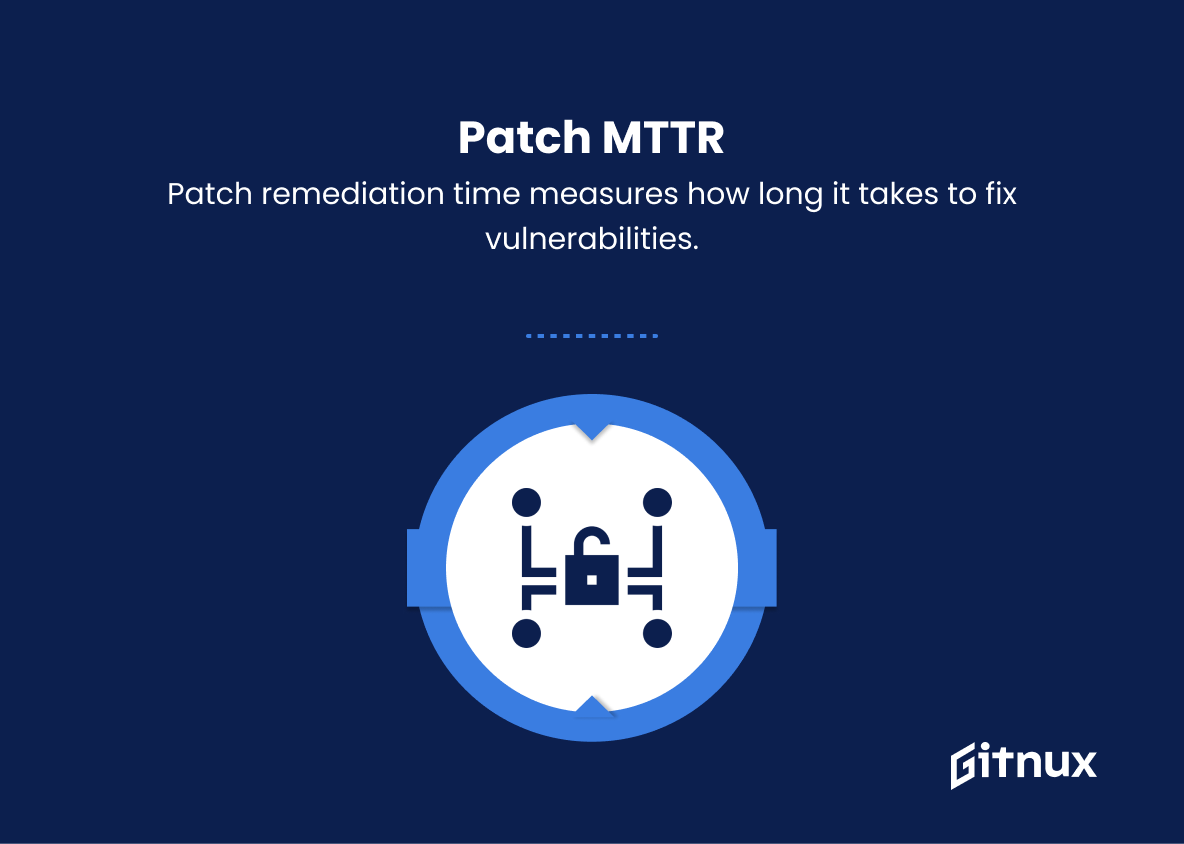In today’s rapidly evolving digital landscape, organizations face a constant battle to maintain optimal security and stability across their technology infrastructure. Patch management plays an indispensable role in fortifying defenses against cyber threats, ensuring seamless operations and minimizing risks. As IT departments manage extensive suites of hardware and software components, the challenge to sustain prompt and effective patching protocols becomes increasingly daunting.
Thus, measuring the success of these strategies is essential to continually fine-tune these efforts and maximize their efficacy. In this blog post, we delve into the realm of patch management metrics that are pivotal to evaluating the performance of your patch management processes and identifying opportunities to elevate them to new levels of robustness and competence.
Patch Management Metrics You Should Know
1. Patch Coverage
The percentage of systems within an organization that have the latest patches installed. This metric helps measure the comprehensiveness of a patch management program.
2. Patch Compliance Rate
The percentage of systems that meet the organization’s patch management policies and requirements. This metric indicates how well the organization adheres to its own internal patch management practices.
3. Time to Patch
The average time taken to apply a patch to affected systems after its release. This metric helps assess the efficiency of patch deployment processes.
4. Vulnerability Exposure Time
The time between when a vulnerability is discovered and when it is patched on all affected systems. This indicates how quickly an organization can respond to and remediate vulnerabilities.
5. Patch Success Rate
The percentage of patch deployments that have been successfully completed without causing any issues or disruptions to business operations. This metric assesses the effectiveness of patch deployment processes.
6. Patch Failure Rate
The percentage of patch deployments that have failed or caused issues during deployment, requiring additional support or rollback. This metric indicates the stability and reliability of the patch management process.
7. Criticality-Adjusted Patch Compliance
Compliance rates that are weighted based on the severity of the vulnerabilities they address, providing a more accurate assessment of overall patch management performance.
8. Patch Management Cost
The total cost associated with patch management, including the cost of patching tools, support, and labor. This metric helps organizations understand the financial implications of their patch management program.
9. Patch Backlog
The number of patches that have not yet been deployed to affected systems. This metric helps you keep track of the volume of patches waiting to be installed, providing a clear picture of potential security risks.
10. Mean-Time-to-Remediation (MTTR) for Patch Management
Tracks the average time taken to remediate an identified vulnerability, including patch deployment, system testing, and validation. This metric helps gauge the effectiveness of patch management processes and the organization’s ability to minimize risk from known vulnerabilities.
Patch Management Metrics Explained
Patch management metrics are essential in evaluating the effectiveness and efficiency of an organization’s patch management program. Patch Coverage measures the comprehensiveness of the program by calculating the percentage of systems with the latest patches installed. Patch Compliance Rate indicates adherence to internal policies and practices, while Time to Patch assesses the efficiency of patch deployments. Vulnerability Exposure Time shows an organization’s ability to respond to and remediate vulnerabilities quickly. Patch Success Rate measures effective patch deployments, while Patch Failure Rate indicates the stability and reliability of the process. Criticality-Adjusted Patch Compliance provides an accurate assessment of overall performance, taking severity into account.
Patch Management Cost conveys the financial implications of the program, helping organizations understand necessary investments. Patch Backlog keeps track of the volume of undeployed patches, offering a clear picture of potential security risks. Lastly, Mean-Time-to-Remediation (MTTR) for Patch Management gauges effectiveness and underscores the organization’s ability to minimize risk from known vulnerabilities. Together, these metrics offer a comprehensive view of an organization’s patch management system, highlighting areas for improvement and facilitating the optimization of security procedures.
Conclusion
In conclusion, patch management metrics are a critical aspect of maintaining a strong cybersecurity posture in today’s ever-evolving technology landscape. By closely monitoring key metrics such as patch coverage, patch age, vulnerability severity, and time to patch, organizations can effectively prioritize and manage their patching efforts to minimize security risks. Moreover, sharing these key performance indicators with relevant stakeholders fosters improved communication and accountability among teams.
As organizations continue to grow and technology advances, the importance of having a comprehensive and robust patch management strategy can not be emphasized enough. By focusing on data-driven metrics and maintaining a proactive approach, businesses will be better equipped to stay ahead of potential vulnerabilities and ensure the continued security and efficiency of their IT infrastructure.


